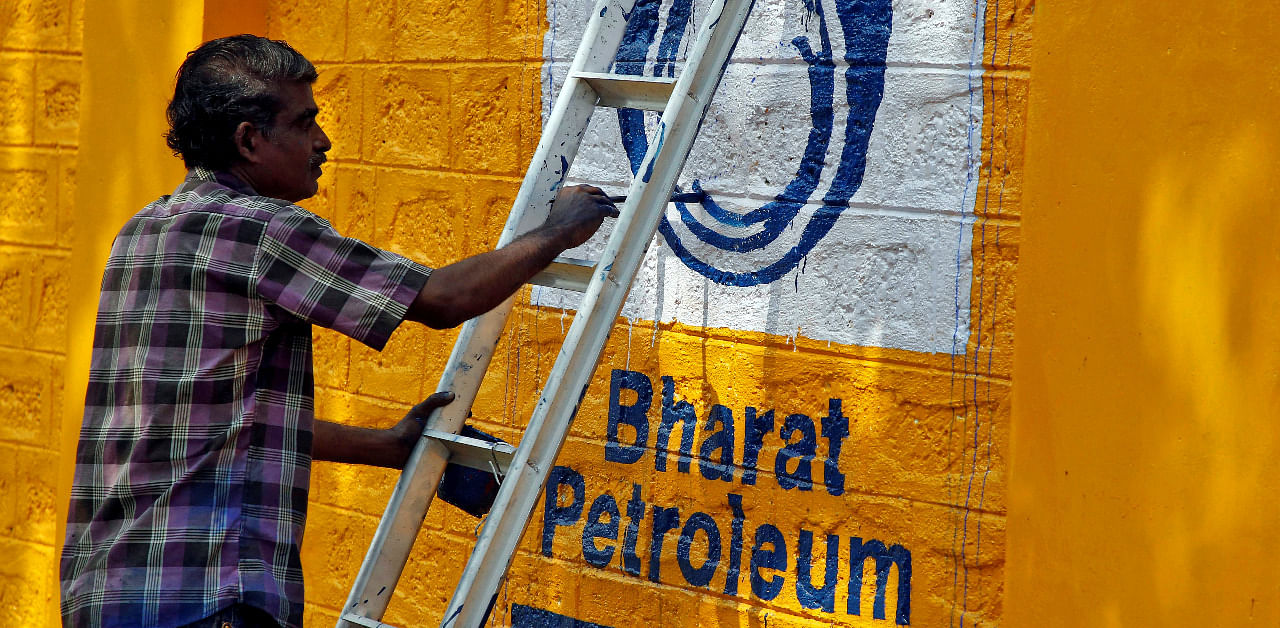
Currently, the attention of the nation is justifiably zeroed in on when the Covid-19 pandemic will end and the normalcy will return. In this backdrop, a highly deserving historic event has failed to hit the national headlines. During the last few months, spending by the government to subsidise PDS kerosene and residential LPG has fallen to zero - an event much to be celebrated as discussed in the article.
Since World War II, kerosene has been a controlled commodity. In the case of LPG, subsidies were introduced in late 1960 to encourage the use of LPG as a clean cooking fuel. Today, when LPG is a most preferred fuel, one may question why the oil companies had to offer subsidy to the rich and the middle class to shift from kerosene. Once the subsidy genie is out of the box, it is next to impossible to put it back in a democracy.
In recent years, kerosene consumption has dropped from 9.3 million metric tonnes (MT) in 2009-10 to just 2.4 MT last year. This is the result of the Saubhagya scheme to electrify 100% of India and UJJWALA scheme to promote the use of LPG by offering free connections to BPL families. In contrast, LPG consumption has increased from 13.1 MT in 2009-10 to 26.4 MT in 2019-20.
The government doles out subsidies on several activities. Amount spent on kerosene and LPG, though significant, is less in comparison to food security. In 2020-21 budget, amount for food security is Rs 1,15,570 crore, for fertiliser Rs 71,309 crore and for kerosene and LPG Rs 40,915 crore. Still, more attention is paid to the diversion of fuel subsidies rather than the misuse of other subsides.
This is because the diversion of fuel subsidies generates a large amount of black. We should recall the sacrifice made by upright officers like IOC’s Manjunath (murdered in 2005 by kerosene mafia), and by district collector Y Sonavane (murdered in 2011).
The LPG and kerosene subsidies reached a high of Rs 80,945 crore in 2013-14. Last year, they came down to Rs 24,000 crore. Reasons for such a dramatic drop are many. First is the recent drop in oil price driven by Covid-19 lockdowns. Second, the NDA government initiated the process of decreasing the subsidy by slowly increasing the subsidised kerosene (Rs 0.25 per month) and LPG (first Rs 2 and later by Rs 4 per month) price by small increment excepting when there were assembly elections.
Now with the drop in international LPG price, there has been a significant amount of over-recovery of subsidies which has not been highlighted in the media. In May of this year, the over-recovery was Rs 120 per cylinder.
Initially, the then UPA government tried to take some baby steps to reduce the subsidy burden of LPG first by limiting number of cylinders per family per year to six. However, because of the pressure by Sonia Gandhi and Rahul Gandhi, it was increased to 12 which failed to have any impact. On average, each family consumes only about 6.3 cylinder per year. Less than 3% use more than 12 cylinders. Thus, putting a cap became meaningless. NDA did not alter this irrational policy.
When Modi urged Indians to voluntarily give up subsidy, an insignificant number opted out. Later, LPG subsidy was cut off to those earning more Rs 10 lakh per year. Currently, out of total number of 280 million LPG consumers, only 20 million do not receive any subsidy. Some 80 million consumers are BPL families who have been given free LPG connection under Pradhan Mantri Ujjwala Yojana (PMUY).
Reduction of LPG subsidy has been helped by adapting the direct benefit transfer for LPG (DBTL). This was first started by UPA and later modified by NDA. This has helped reduce diversion of subsidies and also to cut off the bogus LPG connections. It was Aadhaar platform, developed during UPA regime, which has enabled the implementation of DBTL (or PAHAL).
If the prices for these twin products do not increase this year, India would save the budgeted amount of Rs 40,915 crore. Since the government has implemented a new initiative to help BPL families (only those covered under PMUY) during the pandemic crisis by giving three free LPG cylinders costing about Rs 13,000 crore, net savings would be around Rs 27,900 crore.
Now is the ideal time for the government to end both these subsidies. Since consumers are not getting any subsidy currently, there is unlikely to be any protest either by the consumers or the opposition. At least, the government should seriously consider dropping universal LPG policy and announce a new policy of giving subsidised LPG only to BPL families.
When oil prices increase in future which is most likely, the government will come under pressure to support the poor to continue to buy LPG or kerosene. Instead of supplying LPG cylinders or kerosene below the market price, the government should adapt a modified policy of helping only the BPL families by giving fuel assistance grant when oil prices are above say $75 per barrel.
Such a progressive policy will get public support to the government to continue with the liberalised marketing policy. By ending the subsidy raj now, Modi will make history for petroleum sector like former prime minister Narasimha Rao did by liberalising the economy in 1991.
(The writer is former governing council member of Manipal Institute of Technology, and an international oil expert)